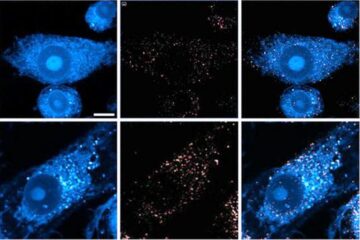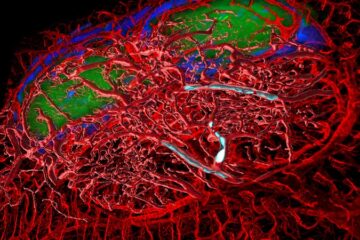Pediatricians wary about recommending complementary therapies

Many pediatricians know their patients use complementary and alternative therapies (CAM) to improve their health, yet most do not feel comfortable discussing or recommending these therapies, according to a study published in the November issue of Ambulatory Pediatrics.
The study was conducted by Kathi J. Kemper, M.D., a pediatrician at Brenner Children’s Hospital, part of Wake Forest University Baptist Medical Center. Pediatricians surveyed cited lack of knowledge about CAM therapies, concerns about side effects or delays in seeking necessary medical care as the primary reasons they were resistant to recommending these therapies as treatment options, according to Kemper and her colleagues. “Fewer than 5 percent said they were knowledgeable about CAM therapies and the majority were only somewhat familiar with widely used therapies such as dietary supplements, chiropractic or massage therapies,” Kemper said.
Nearly all the pediatricians surveyed ask more than 75 percent of their patients about the use of prescription and nonprescription medications during routine office visits, but substantially fewer reported regularly inquiring about herbs (20 percent), special diets (17 percent) or dietary supplements (17 percent). Fewer than 5 percent asked about care from chiropractors, massage therapists, acupuncturists or other mind-body therapists. “We found that pediatricians were far more likely to recommend medications than any CAM therapy and many wanted additional information regarding herbal and dietary supplements, nutritional therapies and therapeutic exercise to feel more comfortable about the therapies before recommending them to their patients,” she said. Yet, many patients were seeking information about CAM therapies during routine visits, Kemper said.
The survey showed that 87 percent of patients had asked their pediatrician about CAM therapies in the past three months. Despite their reservations to recommend CAM therapies, 34 percent of pediatricians surveyed stated that they or a family member had used these therapies in the past year. “More than 60 percent of pediatricians surveyed felt that CAM therapies could enhance recovery or relieve symptoms,” Kemper said. “However, we need to provide resources for pediatricians to help educate them about the pros and cons of individual CAM therapies to allow them to answer their patient’s questions and plan their treatment.”
The national survey was sent to over 750 active members of the American Academy of Pediatrics. Kemper is currently conducting a National Institutes of Health-funded study to assess the best way to educate clinicians about herbs and dietary supplements using the Internet.
Media Contact
More Information:
http://www.wfubmc.eduAll latest news from the category: Health and Medicine
This subject area encompasses research and studies in the field of human medicine.
Among the wide-ranging list of topics covered here are anesthesiology, anatomy, surgery, human genetics, hygiene and environmental medicine, internal medicine, neurology, pharmacology, physiology, urology and dental medicine.
Newest articles

Zap Energy achieves 37-million-degree temperatures in a compact device
New publication reports record electron temperatures for a small-scale, sheared-flow-stabilized Z-pinch fusion device. In the nine decades since humans first produced fusion reactions, only a few fusion technologies have demonstrated…

Innovative microscopy demystifies metabolism of Alzheimer’s
Researchers at UC San Diego have deployed state-of-the art imaging techniques to discover the metabolism driving Alzheimer’s disease; results suggest new treatment strategies. Alzheimer’s disease causes significant problems with memory,…

A cause of immunodeficiency identified
After stroke and heart attack: Every year, between 250,000 and 300,000 people in Germany suffer from a stroke or heart attack. These patients suffer immune disturbances and are very frequently…





















